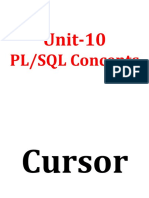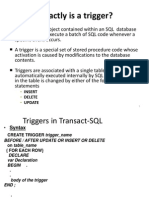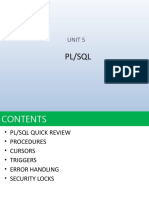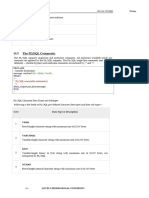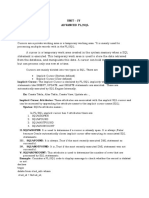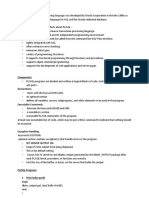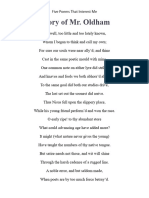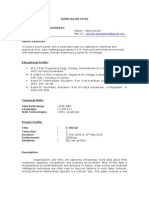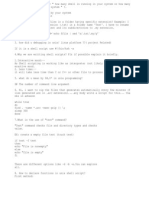0% found this document useful (0 votes)
7 views22 pagesPL SQL 03
SQL
Uploaded by
92strqk454Copyright
© © All Rights Reserved
We take content rights seriously. If you suspect this is your content, claim it here.
Available Formats
Download as PPTX, PDF, TXT or read online on Scribd
0% found this document useful (0 votes)
7 views22 pagesPL SQL 03
SQL
Uploaded by
92strqk454Copyright
© © All Rights Reserved
We take content rights seriously. If you suspect this is your content, claim it here.
Available Formats
Download as PPTX, PDF, TXT or read online on Scribd
/ 22
